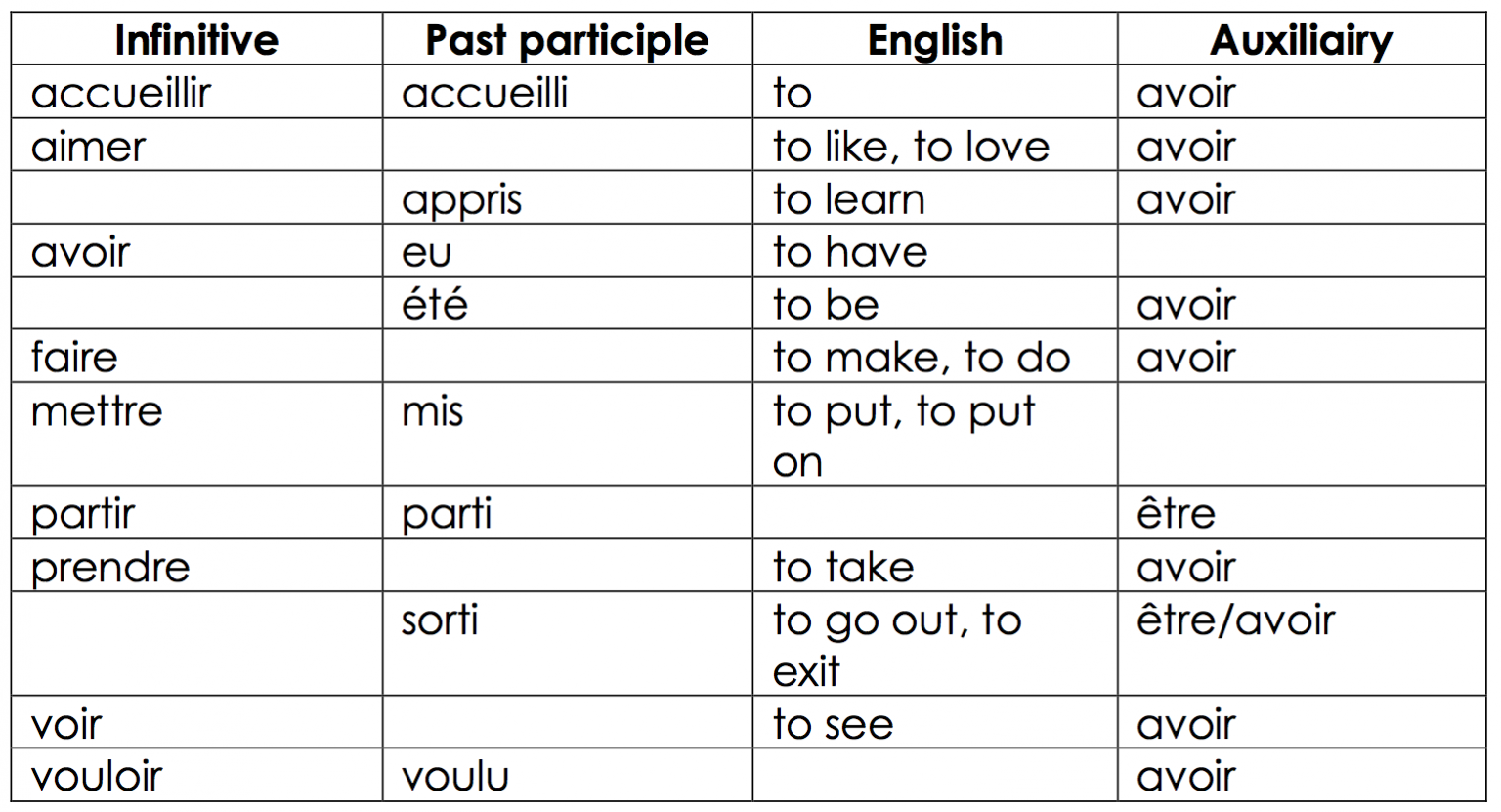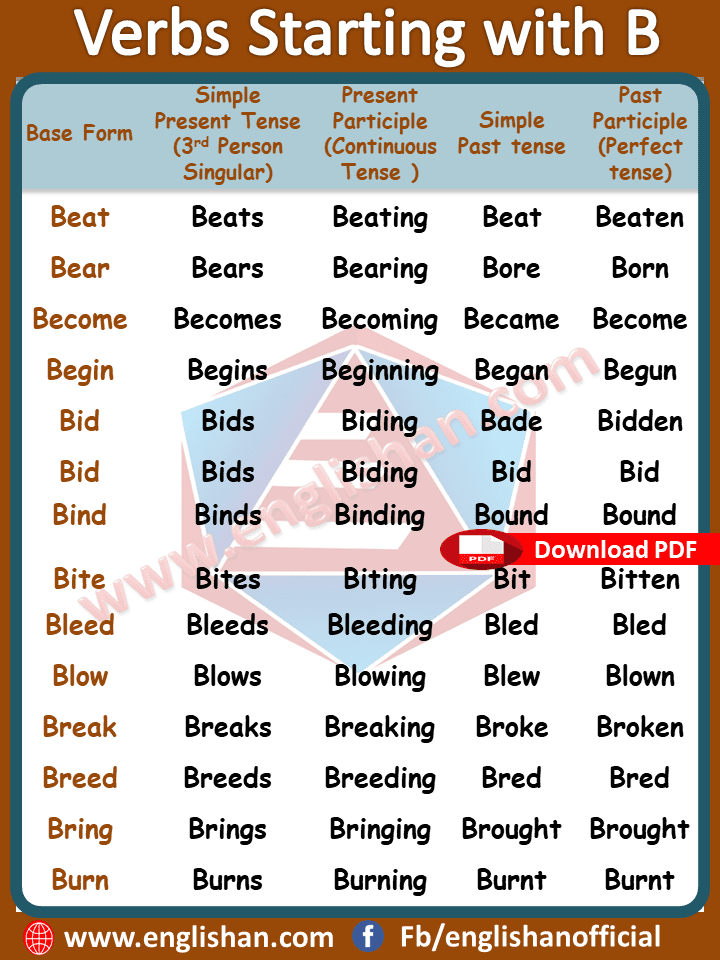

To provide – provided Uses of the Past Participles in Spanish They mean exactly the same-it’s just that you can use them in different ways, which we’ll explore below. This is due to the common usage people have given to these verbs throughout the years. Some verbs have two accepted past participles. To make – made The Strange Case of Verbs with Two Past Participles How do you know when to use which ending? Well, I wish there was more I could tell you about it, aside from “It’s just the way it is.” Ultimately, the only way to learn these irregular past participles is to memorize them and frequently inject them into your daily conversations in Spanish. Instead of adding -ado, -ido, these verbs include one of the following endings: -to, -so, -cho. However, even irregular verbs have easy-to-remember past participle endings. In the case of past participles, these come in the form of irregular verbs.

To smile – smiled Irregular Past ParticiplesĪs usual in Spanish, even the most straightforward grammar situations have exceptions and peculiarities. There only exist two endings for past participles of regular verbs: -ado and -ido.Īll Spanish verbs that as infinitive end in -ar, in past participle end in -ado:Īll Spanish verbs that as infinitive end in -er or -ir, in past participle end in -ido: How to Form Past ParticiplesĪ good thing about past participles is that they never change and that they’re quite easy to form. These useful verb forms are commonly used with perfect tenses and can play different roles in a sentence, as we’ll see in a moment. In other words, past participles don’t show any tense. Past participles are verb forms that don’t change according to when an action takes place.


 0 kommentar(er)
0 kommentar(er)
